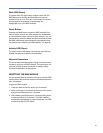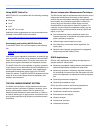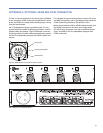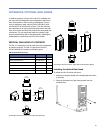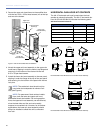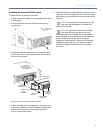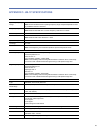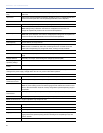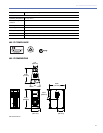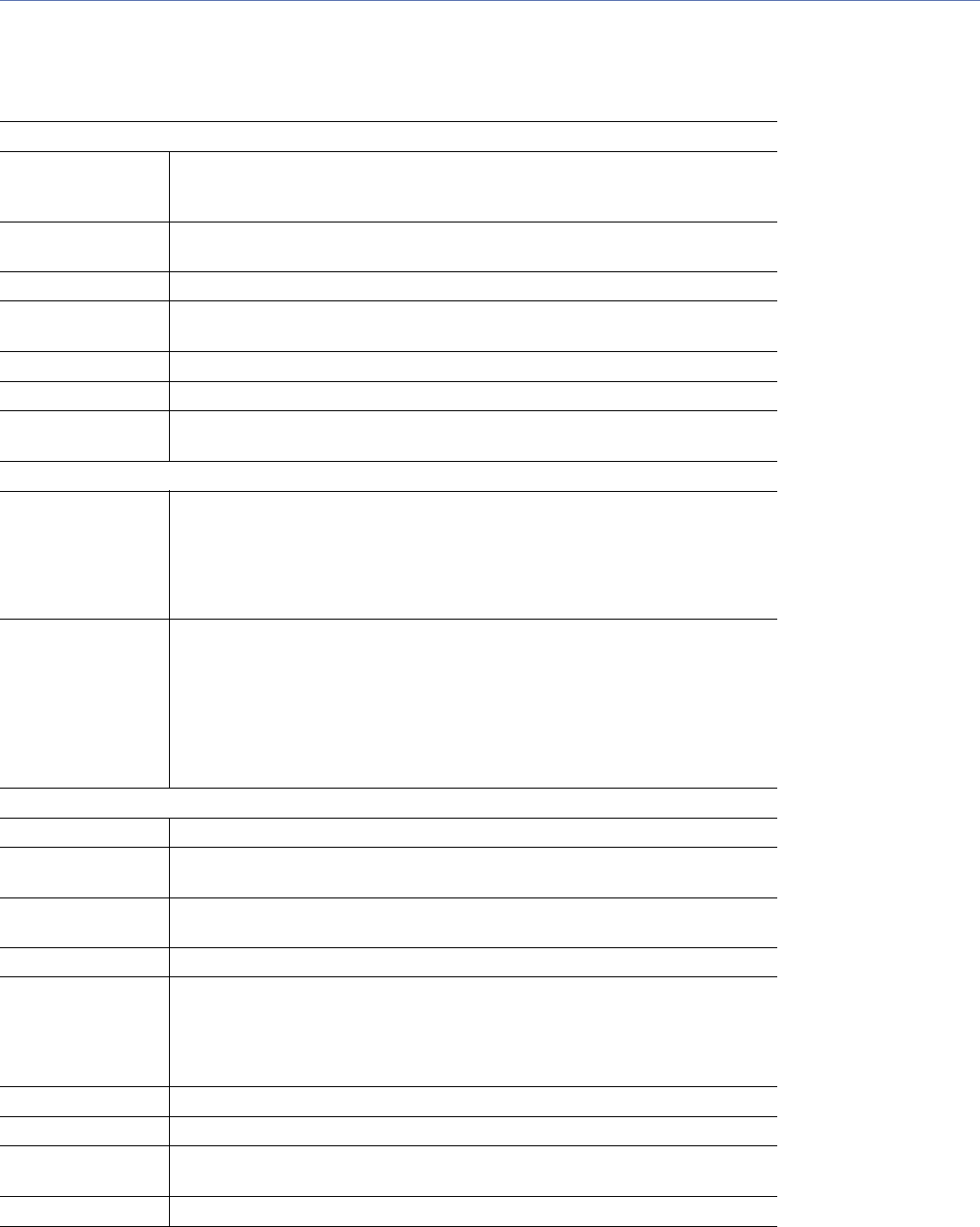
39
APPENDIX C: JM-1P SPECIFICATIONS
ACOUSTICAL
Operating Frequency
Range
53 Hz – 18 kHz
Note: Recommended maximum operating frequency range. Response depends on load-
ing conditions and room acoustics.
Frequency Response 56 Hz – 16.5 kHz ±4 dB
Note: Measured free field with 1/3 octave frequency resolution at 4 meters.
Phase Response 580 Hz to 16 kHz ±45°
Maximum Peak SPL 138 dB
Note: Measured with music referred to 1 meter.
Dynamic Range >110 dB
Coverage 20° x 60°
Crossover 520 Hz
Note: At this frequency, the transducers produce equal sound pressure levels.
TRANSDUCERS
Low Frequency One 15” cone driver with neodymium magnet
Nominal impedance: 2 Ω
Voice coil size: 4”
Power-handling capability: 1200 W (AES)
Note: Power handling measured using AES standards: transducer driven continuously
for two hours with a band limited noise signal having a 6 dB peak-average ratio.
High Frequency One 4” compression driver
Nominal impedance: 8 Ω
Voice coil size: 4”
Diaphragm size: 4”
Exit size: 1.5”
Power-handling capability: 250 W (AES)
Note: Power handling measured using AES standards: transducer driven continuously
for two hours with a band limited noise signal having a 6 dB peak-average ratio.
AUDIO INPUT
Type Differential, electronically balanced
Maximum Common
Mode Range
±15 V DC, clamped to earth for voltage transient protection
Connectors Female XLR input with male XLR loop output or VEAM all-in-one (integrates AC power,
audio, and network)
Input Impedance 10 kΩ differential between pins 2 and 3
Wiring Pin 1: Chassis/earth through 220 kΩ, 1000 pF, 15 V clamp network to provide virtual
ground lift at audio frequencies
Pin 2: Signal +
Pin 3: Signal –
Case: Earth ground and chassis
DC Blocking Differential DC blocking up to maximum common mode voltage
CMRR >50 dB, typically 80 dB (50 Hz – 500 Hz)
RF Filter Common mode: 425 kHz
Differential mode: 142 kHz
TIM Filter <80 kHz, integral to signal processing



